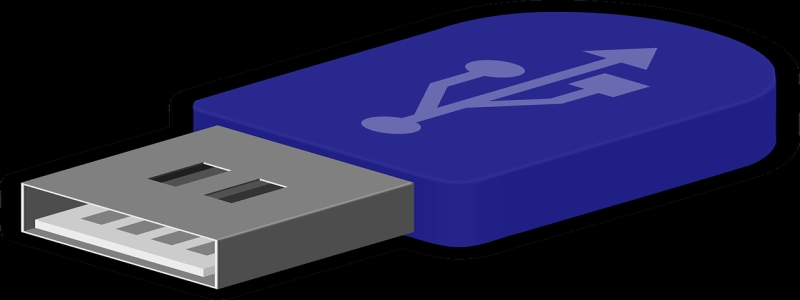Ethernet Backhaul vs WiFi Backhaul
مقدمة:
In today’s digital era, connectivity is essential for individuals and businesses alike. With the increasing demand for high-speed internet and seamless communication, the need for effective backhaul solutions has become paramount. Two popular options for backhaul connectivity are Ethernet and WiFi. This article will delve into the differences between Ethernet backhaul and WiFi backhaul, providing a comprehensive understanding of each solution.
1. Ethernet Backhaul:
Ethernet backhaul refers to the use of wired connections to transmit data between access points and the central network. It involves the use of Ethernet cables, typically Cat5e or Cat6, to establish a physical connection. Ethernet backhaul offers several advantages:
a. Speed and Reliability: Ethernet connections provide high-speed and reliable data transmission. Since it operates over a wired connection, it is less susceptible to interference, ensuring a stable and consistent network performance.
b. Capacity and Scalability: Ethernet backhaul can accommodate large amounts of network traffic, making it suitable for businesses with heavy data requirements. Additionally, it allows for easy scalability, facilitating the expansion of the network as the demand grows.
c. Security: As Ethernet backhaul operates on a private wired connection, it is inherently more secure than WiFi backhaul. It reduces the risk of unauthorized access or data breaches, making it a preferable choice for sensitive applications.
2. WiFi Backhaul:
WiFi backhaul, على الجانب الآخر, utilizes wireless connections to transmit data between access points and the central network. It relies on the same WiFi technology used for wireless internet access. WiFi backhaul presents its own unique set of advantages:
a. Flexibility and Mobility: WiFi backhaul eliminates the need for physical cables, allowing for greater flexibility and mobility. It is ideal for situations where deploying Ethernet cables is impractical or costly, such as outdoor environments.
b. Cost-effective: Since WiFi backhaul eliminates the requirement for physical cables, it can be a more cost-effective solution, particularly for small-scale deployments or temporary setups.
c. Ease of Installation: WiFi backhaul is relatively easy to install and configure compared to Ethernet backhaul. It is a plug-and-play solution that requires minimal technical expertise, making it accessible for a wider range of users.
3. Choosing the Right Solution:
When deciding between Ethernet backhaul and WiFi backhaul, several factors need to be considered, including the nature of the application, budget, and network requirements. Ethernet backhaul is best suited for high-performance, large-scale networks where reliability and security are critical. WiFi backhaul, على الجانب الآخر, is a more flexible, cost-effective option suitable for smaller networks or situations where mobility is paramount.
خاتمة:
In conclusion, both Ethernet backhaul and WiFi backhaul offer unique advantages depending on the specific requirements of the network. Ethernet backhaul provides high-speed, reliable, and secure connectivity, while WiFi backhaul offers flexibility, mobility, and cost-effectiveness. Understanding the differences between these two solutions is crucial in determining the most suitable backhaul option for any given scenario.







